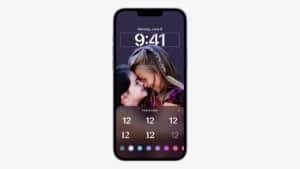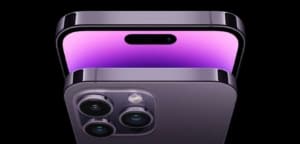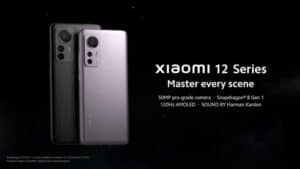Many smartphones are now embedded with the HDR camera feature. If you’re new to HDR, it’s not a photo resolution like HD and FHD, that’s wrong thinking.
Initially HDR was used in DSLR cameras for photography, and then applied to high-end phones, even low-end phones (vivo, oppo, samsung, xiaomi, realme). Okay, now we will discuss the meaning and function of the HDR feature on the camera and whether it is very useful to use when shooting photos.
HDR photography is
HDR stands for High Dynamic Range , is a feature that distinguishes between dark and high dynamic range in a photo or image. It’s basically just to distinguish the lightest and darkest objects.
When capturing photos with a dynamic range that exceeds the camera’s capabilities, objects that are too bright will only be displayed in white, and if they are too dark, only black will appear. This situation makes the object in the photo look blurry and the details are not clearly visible, even in conditions like this the camera will have difficulty capturing the object.
When the dark and light conditions captured exceed the camera’s capabilities, this is where the HDR feature on the camera functions, with high dynamic range capabilities, photos of light and dark objects can be balanced so that they can be displayed more clearly.
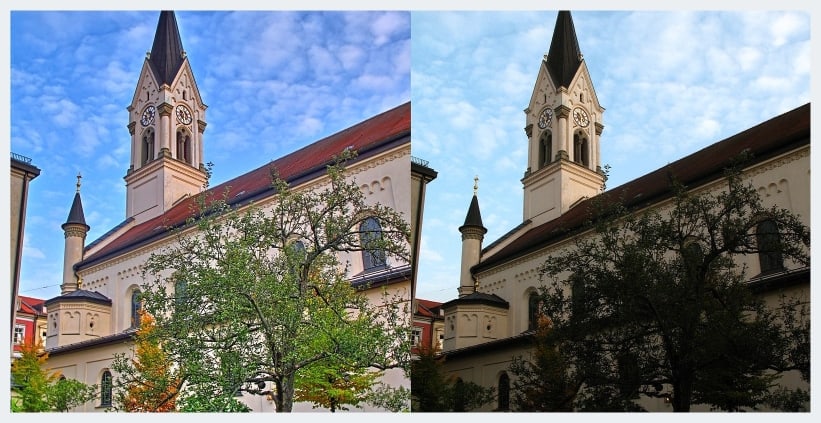
Well, how does HDR work
Basically, an HDR camera will take several photo samples consisting of three parts, namely the most in focus, bright enough and colorful. Then the photo samples are combined and processed by the device to produce a photo that is more perfect in detail. And no more photo objects that look white or all dark.
In the quality of the resulting HDR photos , it all depends on the capabilities of the smartphone used and also depends on the concoction of each cellphone manufacturer, including the ability of the camera. To produce professional quality, using a tripod will be better than using your hands directly, because it can minimize movement or vibration.
How to use HDR on Android camera
If your smartphone has an HDR feature, then you can find this feature in your phone’s camera application and can activate it, then take photos with the HDR feature.
How to activate it, of course, by turning on the HDR icon in the camera application, from the settings menu or directly from the icon on the edge of the camera application (display depends on your phone manufacturer). It can be for Android and iPhone. Did you find the 3 HDR icons, here’s what the icons mean:
HDR, the state is off, and the camera will shoot and save the photo normally.- HDRa, a condition in which the HDR feature will be activated automatically , when the camera detects a wide dynamic range or high and low light contrast.
- HDR, a sign to continue to activate the HDR feature at any time when shooting photos.
By now, you should be able to manually set the camera’s HDR feature.
When is HDR used?
First , “when shooting in a brightly lit environment”. Like photographing landscapes or landscapes, places outdoors. More specifically, there are conditions where certain areas have a higher contrast than other areas. The lighting factor is a very, very important factor so that photos look better. Moreover, the presence of sunlight can cause certain areas of the photo to be too contrasted so that it is not clearly visible. With HDR enabled, images that appear just white can be made clearer.
Second , “when shooting dark photos or in low-light and low-light environments”. If the photo is too dark, the HDR feature can also be relied on, of course useful for increasing the overall brightness of the image. This can be done by combining the faintest image elements with the brightest image elements, and then results in better photos.
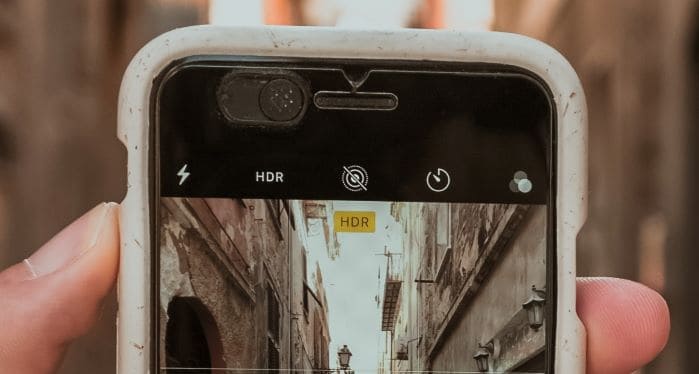
When is HDR turned off or not used?
First , “when photographing motion”. HDR takes at least three images to process it, if the object in the photo moves or your camera moves, the final image after processing will look blurry. Processing HDR photos takes longer than just shooting without HDR, this process runs in the background allowing you to take sequential pictures with HDR on.
Second , “high contrast conditions”. In situations like this, the picture can look good when all areas of the image display sufficient brightness levels, dark and light areas have strong contrast levels. Using HDR in these conditions will reduce the contrast, making the good effects less noticeable.
Third , “shooting bright colors”. The reason is simple, if you’ve got a photo that is vividly vivid and colorful it’s probably good. The HDR feature doesn’t seem necessary, it’s true that HDR will make muted colors look more vibrant in most cases. But if you’ve got an image that looks vibrant in color (without HDR), enabling HDR will only over-saturate the colors and contrast, and that’s not very good for photos.

